Tyres are one of the most essential yet often overlooked components of any vehicle. As the only point of contact between your car and the road, they endure a lot of stress and wear. Over time, tyres are bound to experience some level of wear and tear. However, abnormal tyre wear can lead to serious issues, affecting your car's performance, safety, and overall lifespan. In this blog, we will dive deep into the types of tyre wear, their causes, and how you can address them to keep your vehicle in top shape.
What is Tyre Wear?
Tyre wear refers to the gradual degradation of the rubber tread on your vehicle’s tyres. Regular wear is natural, but when the wear is uneven or abnormal, it can indicate underlying problems such as poor alignment, incorrect tyre pressure, or suspension issues. Abnormal tyre wear not only affects the handling of your vehicle but can also reduce fuel efficiency and increase the risk of accidents.
Types of Tyre Wear and Their Causes
Understanding the different types of tyre wear is crucial in preventing long-term damage. Here’s a detailed look at the most common types of tyre wear and their associated problems:
1. Toe Wear
Toe wear occurs when the edges of the tyre, either on the inner or outer side, wear down more than the rest of the tyre. This is often a sign of improper wheel alignment. If your vehicle's wheels are misaligned, the tyres will not make even contact with the road, leading to excessive wear on one side. This issue is easy to spot, as the edges will be noticeably thinner.
Solution: If you notice toe wear, the alignment of your wheels needs adjustment. Regular wheel alignment checks can prevent this issue from escalating and save your tyres from further damage.
2. Camber Wear
Camber wear is when one side of the tyre wears down more than the other, often due to the camber angle being incorrect. This issue primarily affects your vehicle's handling, especially during turns. If the camber angle is off, it causes the tyre to make more contact with the road on one side, leading to uneven wear.
Solution: Camber wear can be resolved by getting your vehicle's camber angle adjusted. Regularly balancing your wheels will also help mitigate this type of wear.
Also Read: Why to Keep Your Chain Clean: The Ultimate Guide to Bike Chain Maintenance
3. Center Wear
Center wear refers to the excessive wear of the central portion of the tyre, while the outer edges remain relatively intact. This type of wear is typically caused by over-inflation. When a tyre is over-inflated, the pressure forces the centre of the tyre to bulge, resulting in more wear in that area.
Solution: To prevent center wear, always ensure your tyres are inflated to the correct pressure. Over-inflation can decrease your tyre's contact with the road and reduce grip.
4. Edge Wear
Edge wear occurs when the outer edges of the tyre wear down more quickly than the centre. This is usually caused by under-inflation, where the tyre’s edges bear the brunt of the pressure while the centre has less contact with the road.
Solution: Make sure your tyres are properly inflated. Regularly check tyre pressure, especially before long trips or when you notice handling issues.
5. Uneven Crossed Wear
Uneven crossed wear happens when the tread wears unevenly in a diagonal pattern. This typically results from poor wheel balancing. When the tyres are not balanced correctly, they make inconsistent contact with the road, leading to irregular wear.
Solution: After replacing or rotating tyres, ensure that they are properly balanced. Uneven crossed wear worsens over time, so addressing it early is crucial.
6. Patch Wear
Patch wear occurs when patches of the tyre tread wear unevenly in a consistent pattern. This is often caused by suspension problems, such as worn-out shocks or struts, which affect how the tyre contacts the road. Patch wear is easy to detect but requires immediate attention, as it could indicate serious suspension issues.
Solution: The solution to patch wear is to inspect and repair the suspension system. Once the suspension is fixed, the tyre wear will typically stop.
How to Prevent Tyre Wear Issues?
While some tyre wear is inevitable, there are several measures you can take to minimize its impact:
- Regular Wheel Alignment: Misalignment is one of the leading causes of uneven tyre wear. Have your vehicle’s alignment checked regularly to ensure the tyres are properly aligned.
- Maintain Correct Tyre Pressure: Both over-inflation and under-inflation can cause abnormal tyre wear. Check tyre pressure at least once a month and before long trips to ensure it's at the recommended level.
- Rotate Your Tyres: Tyre rotation ensures that the wear is spread evenly across all tyres. This simple maintenance task can prolong the life of your tyres.
- Wheel Balancing: Imbalanced wheels lead to uneven wear. Have your wheels balanced whenever you replace or rotate your tyres to avoid this problem.
- Inspect Suspension Regularly: A well-maintained suspension system ensures that your tyres make even contact with the road. Regular suspension checks can help prevent patch wear and other related issues.
Conclusion
Tyre wear is a natural part of driving, but abnormal wear can signal bigger issues. Regular checks on tyre pressure, alignment, and suspension are key to preventing uneven wear and extending tyre life. By staying on top of these maintenance tasks, you can ensure a safer, smoother ride and avoid costly repairs. Keep an eye on your tyres, and they’ll keep you safely on the road for longer.
Also Read: Synthetic Oil vs. Conventional Oil: Understanding the Differences and Benefits
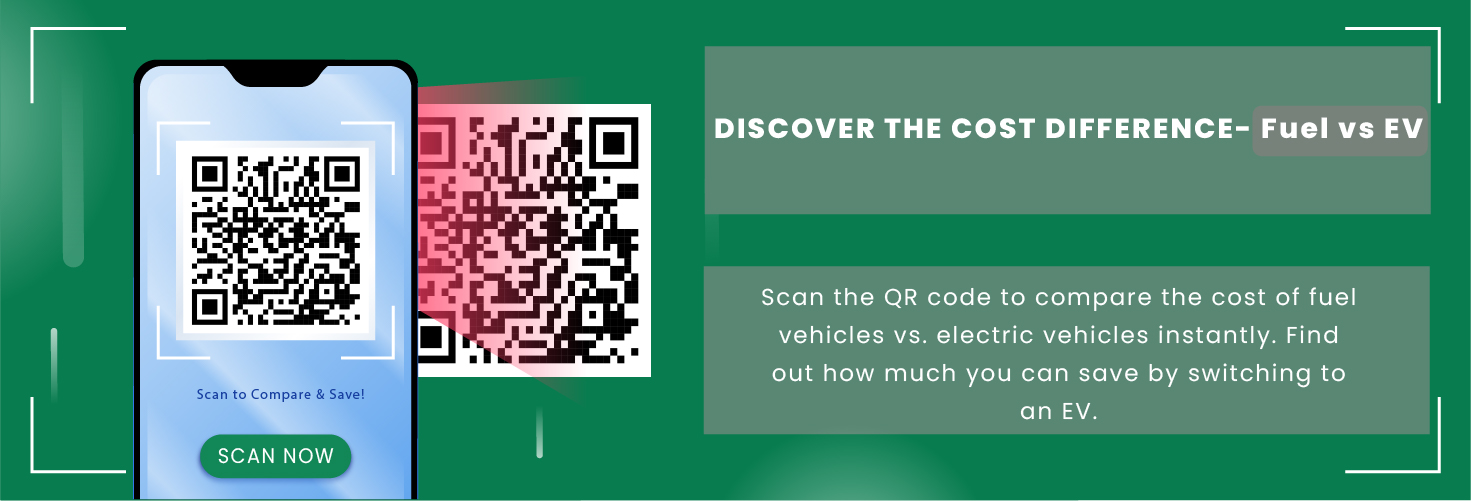

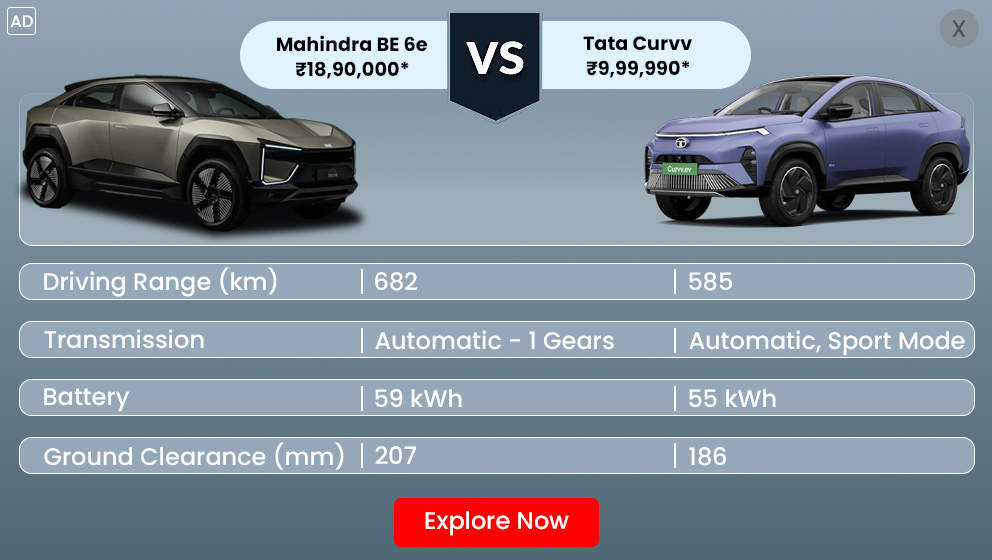

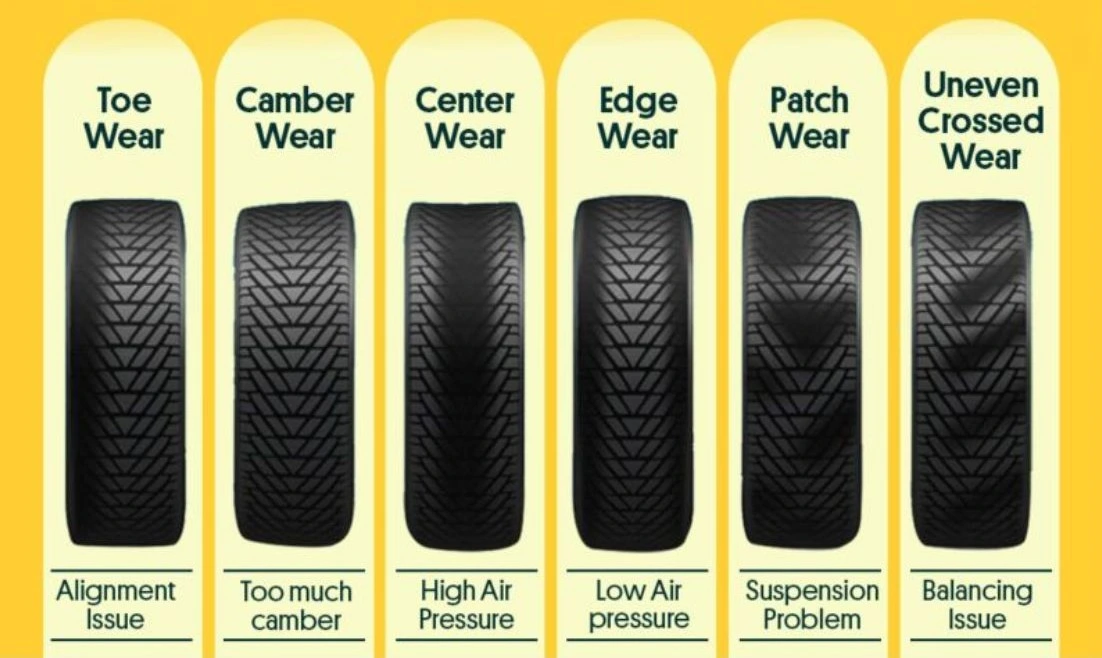
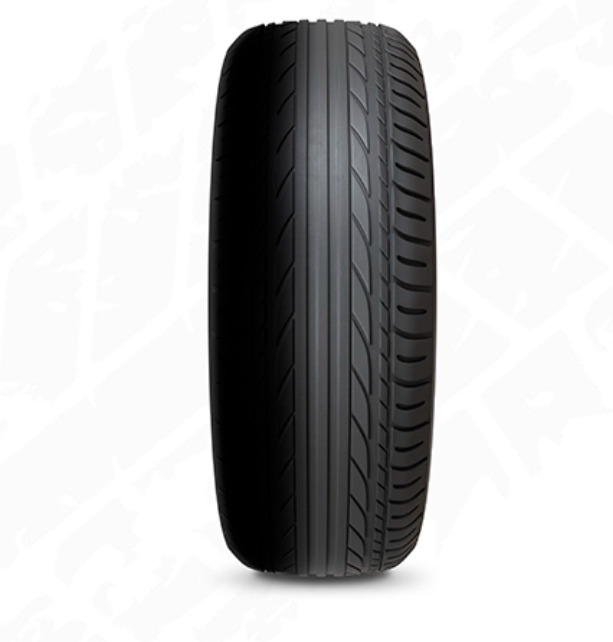
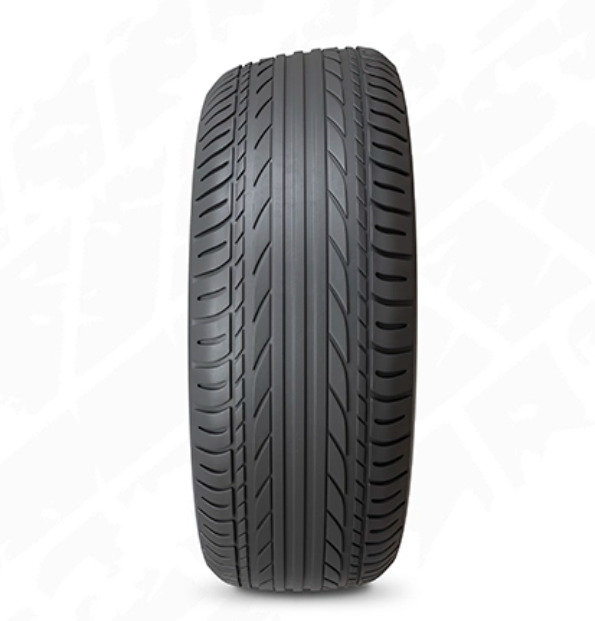
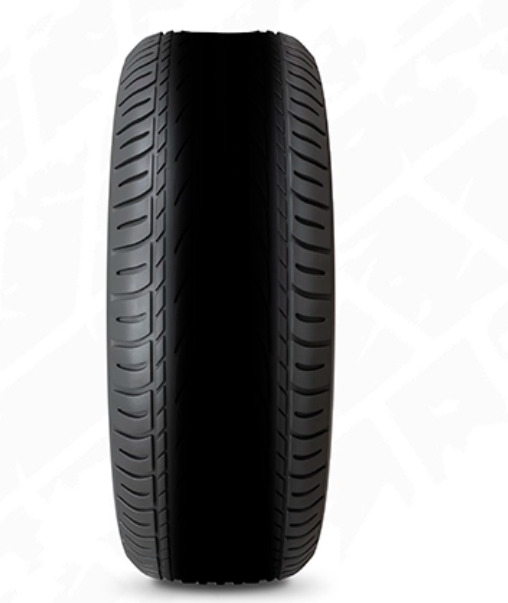
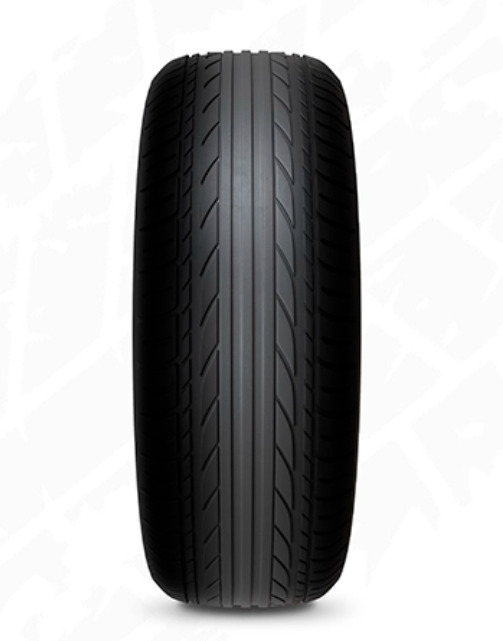
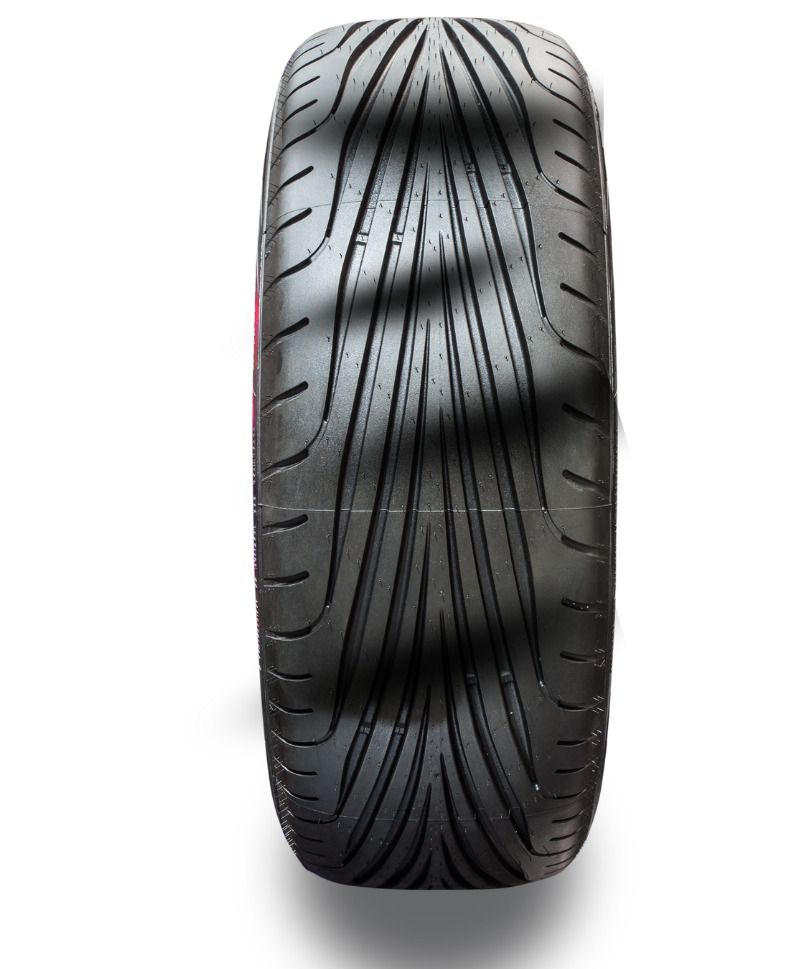

_1739257045.webp)
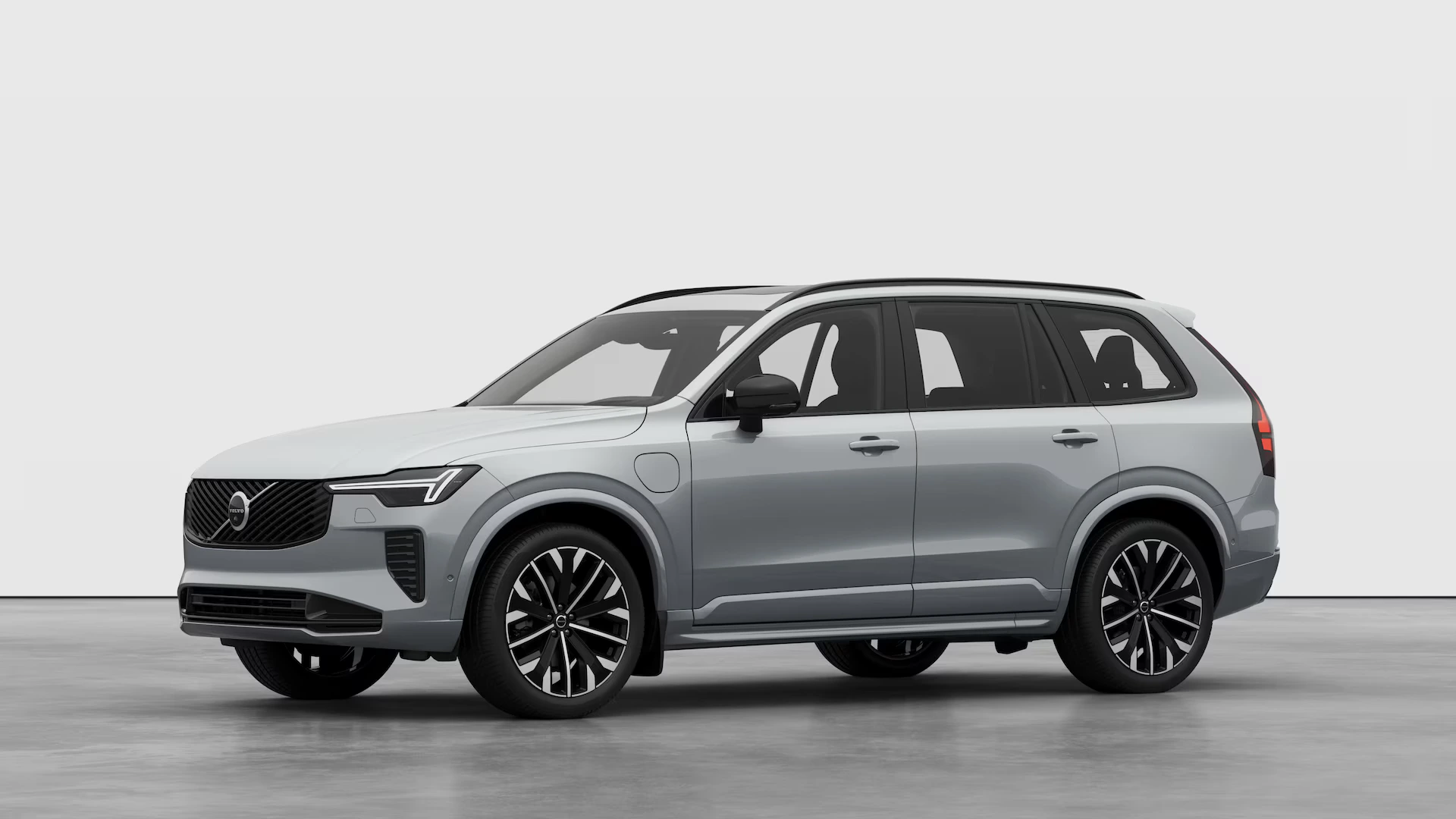
_1766570474.webp)

_1766557873.webp)
_1766486282.webp)